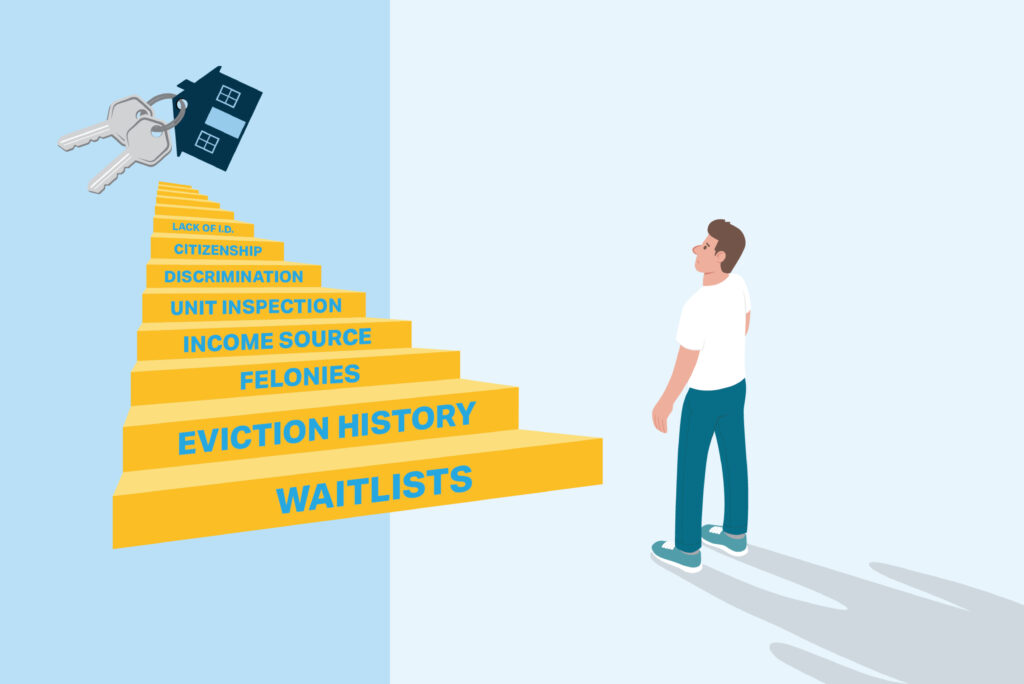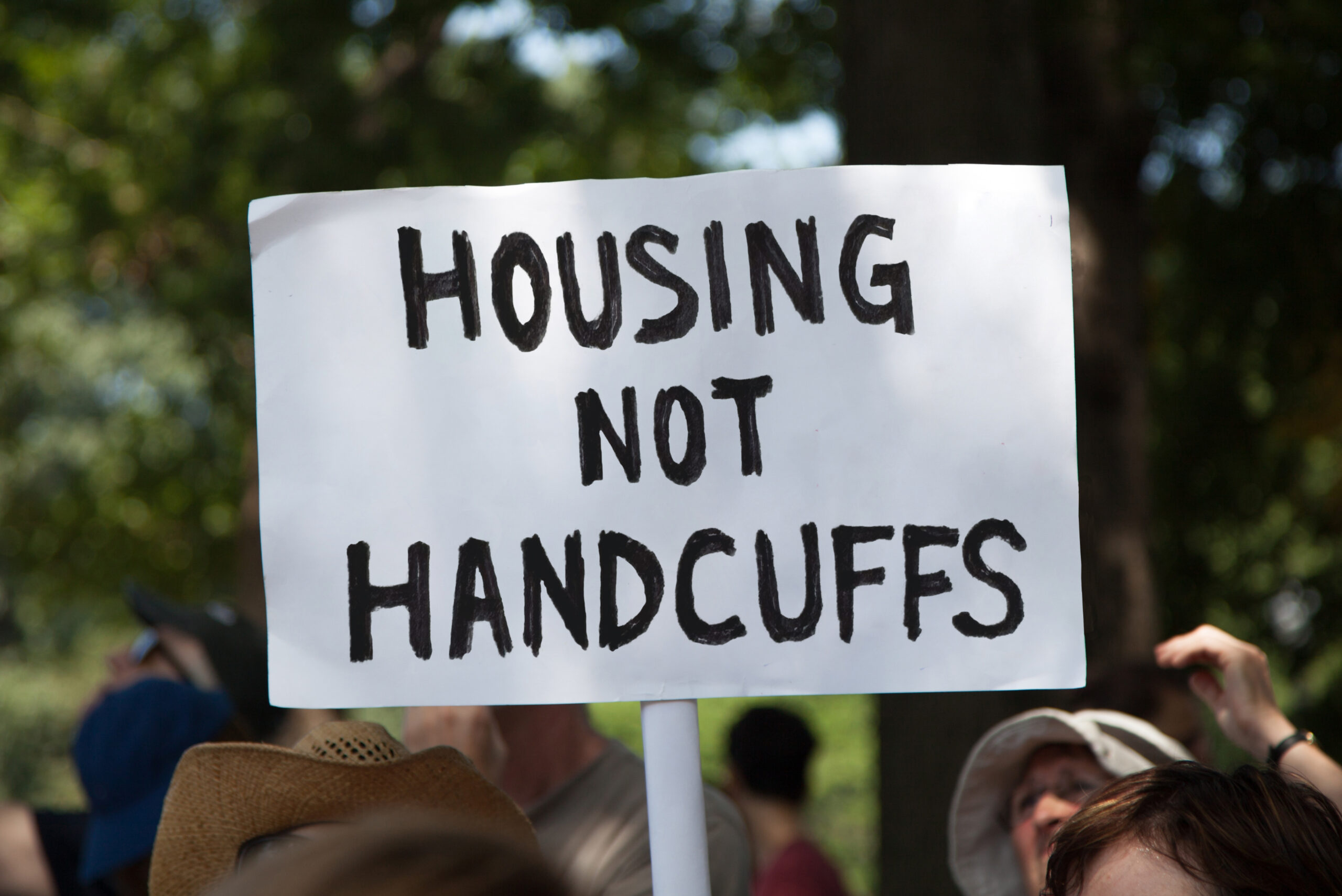How Attainability Can Help Solve the Housing Crisis
March 11, 2024
Understanding the differences between affordable and attainable initiatives is key to a future of stable, equitable housing.

Skyrocketing rental prices, astronomical interest rates, insufficient supply: the severe lack of affordable housing options is not a new development. As of March 2023, a shortage of 7.3 million affordable rental homes was reported, disproportionately affecting low- and extremely low-income families and individuals.
Housing affordability has become a chronic challenge—homeownership has been deemed unaffordable in 80 percent of U.S. counties—prompting policymakers to address this crisis through a variety of affordable housing initiatives. But to make a true impact on housing initiatives, understanding the distinction between "affordable" and "attainable" housing is crucial. While affordable housing targets specific income brackets, attainable housing places a focus on removing a slew of barriers and bringing suitable options within reach for a wider demographic.

Challenges in Housing Attainability
Despite numerous federal programs aimed at providing affordable housing, a significant gap exists between demand and available support. Strict eligibility criteria and additional screening processes often exclude vulnerable populations from assistance: one in four extremely low-income families in need of housing assistance actually receive it. This leaves an estimated 40.6 million Americans burdened by high housing costs, where more than 30 percent of their income is spent on housing and limits their ability to meet basic needs.
Various systemic barriers, including discriminatory practices and economic thresholds, also hinder a person’s access to attainable housing. Landlord discrimination against housing voucher holders, coupled with restrictive zoning laws, further exacerbates the crisis. Moreover, individuals lacking necessary documentation or with legal system records face significant challenges in securing stable housing.
While housing assistance programs like the Low-Income Housing Tax Credit and the Housing Choice Voucher Program play a crucial role in federal housing strategies, recipients face significant disadvantages including resource limitations and systemic biases. In particular, public housing has experienced a history of mismanagement and underfunding, perpetuating generational patterns of poverty and instability.

Proven Solutions to Improve Housing Attainability
To effectively break the cycle of housing insecurity, a multifaceted approach is necessary. This includes increased government funding, mixed-income housing developments, and expanded access to private capital for developers. Additionally, lowering the multitude of barriers facing vulnerable and low-income populations—accomplished through reforms in zoning laws, enhanced support for renters through federal programs, and amending punitive regulations aimed at formerly incarcerated individuals or those with legal system involvement—is a crucial step toward attainable housing solutions.
By prioritizing attainability, creating innovative partnerships, and developing more inclusive affordable housing initiatives, we can work towards ending housing insecurity while building economic stability and stronger social communities.
To learn more about solutions that address practical, accessible, and attainable housing for all, download our Attainable Housing White Paper.


